Nestled in the picturesque region of northern California, Napa Valley is renowned for its exceptional wines. It attracts connoisseurs and enthusiasts from around the world.It is characterized by a Mediterranean climate, diverse soil types, and a rich history. The Napa Valley has cemented itself as a premier wine-growing destination. The valley’s unique characteristics allow the production of diverse, high-quality grape varietals. In turn they contribute to the region’s global acclaim.
The wines of Napa Valley are deeply rooted in tradition but are also celebrated for their innovation. From the famed Cabernet Sauvignon to Chardonnay, Merlot, and other versatile varietals, Napa produces an array of world-class wines with distinct personalities. These wines are crafted to reflect the essence of their terroir. They offer a diverse experience to those fortunate enough to taste them.
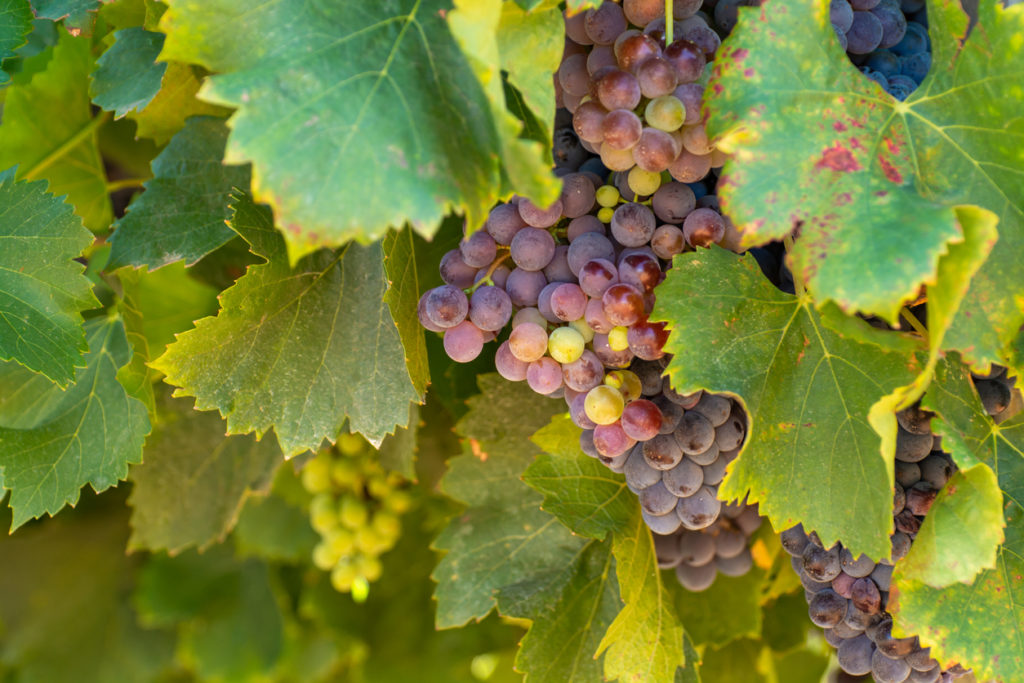
As Napa Valley continues to thrive, it maintains a strong commitment to sustainability and responsible wine-growing practices. This dedication to preserving the land and its resources shapes the way winemakers cultivate the grapes and the techniques they use for producing wines. It not only ensures an environmentally friendly approach but also adds to the exceptional quality that has become synonymous with Napa Valley wines.
Climate and Geography
The Napa Valley, located in California, is renowned for its exceptional wines and unique climate, which plays a significant role in the region’s winemaking success. The valley benefits from a Mediterranean climate characterized by warm summers, mild winters. This results in a long growing season that lasts between 7 and 8 months.
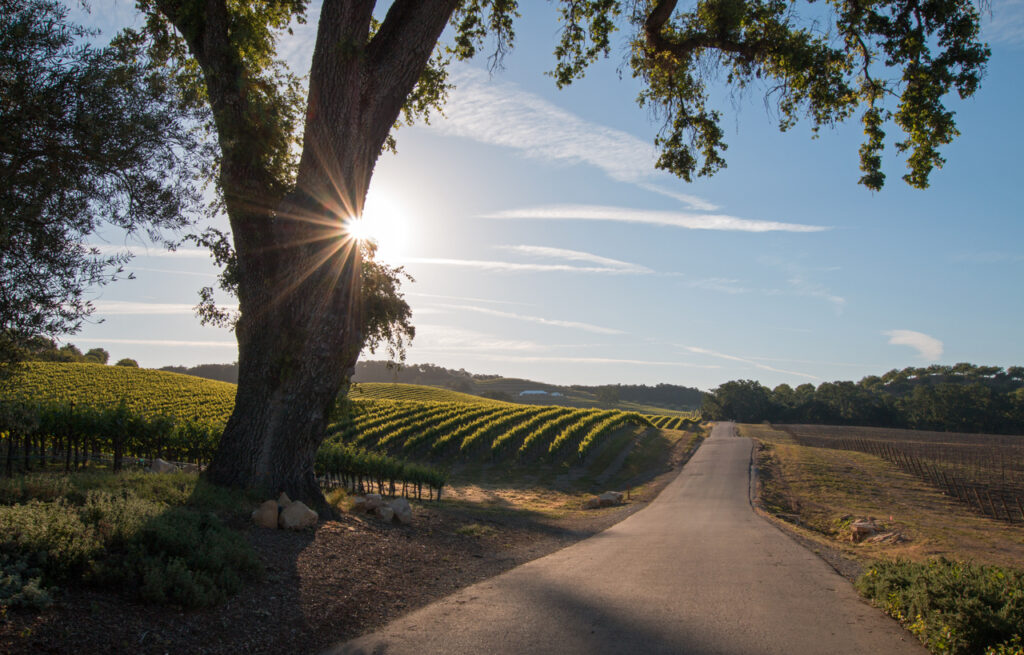
St. Helena and Calistoga, two prominent towns in the region, experience climate variations. These fluctuationsgreatly influence the wine produced in their respective areas. St. Helena, situated in the heart of Napa Valley. It enjoys warm temperatures coupled with cooling Pacific breezes that regulate the heat and maintain an optimal grape-growing condition. The rich volcanic soil in the area further adds to the terroir. It enhances the flavors and nuances found in the wines.
On the other hand, Calistoga experiences slightly hotter summers compared to St. Helena. The resulting wines have bolder flavors and higher alcohol content. The well-draining soil composition in Calistoga, made up of rocky alluvium and loamy deposits, contributes to the vigor and complexity of the wine grapes grown there.
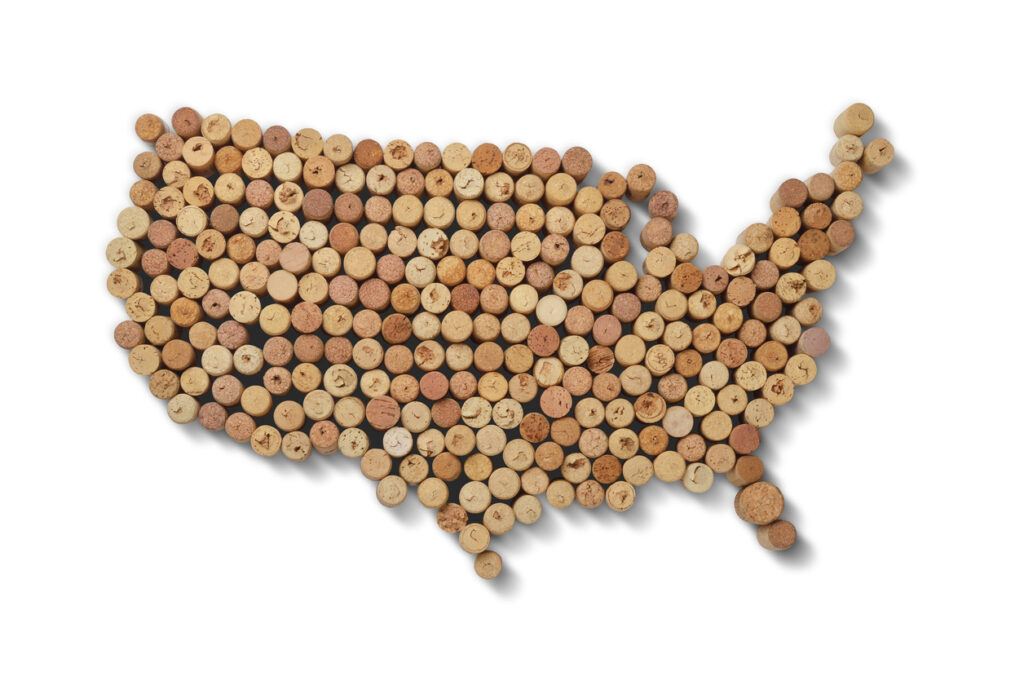
Some notable factors that affect the climate of Napa Valley include:
Maritime Influence
The region’s proximity to the Pacific Ocean and San Pablo Bay allows for the influx of cooling temperatures, preserving the acidity and flavor profiles in the grapes.
Diurnal temperature changes
Napa Valley experiences significant temperature swings between daytime and nighttime, allowing grapes to develop optimal sugar levels and acid retention.

Rainfall
Napa Valley has an average yearly rainfall of approximately 25-50 inches, concentrated in the winter months. This timing ensures a drier growing season which reduces the risk of mold growth and promotes healthy grapevine development.
In conclusion, the distinct climate and geography of the Napa Valley create an ideal environment for the production of diverse and high-quality wines. The variations in its microclimates contribute to the vast array of exceptional wines that have earned global recognition for the region.

Grape Varieties
Napa Valley Reds
Napa Valley is famous for its wide array of exceptional red wines. The most prominent grape variety in this region is Cabernet Sauvignon. This varietal has thrived in Napa’s climate and produces full-bodied, rich, and complex wines. Additionally, Merlot is often used as a blending grape, contributing to the elegant Bordeaux-style blends Napa is known for.
Pinot Noir is another red grape variety grown in cooler areas of Napa Valley. Known for its delicate flavors and silky texture, Pinot Noir produces wines that showcase Napa’s more subtle side. Zinfandel, on the other hand, is a robust and fruity grape variety that has become increasingly popular in recent years.
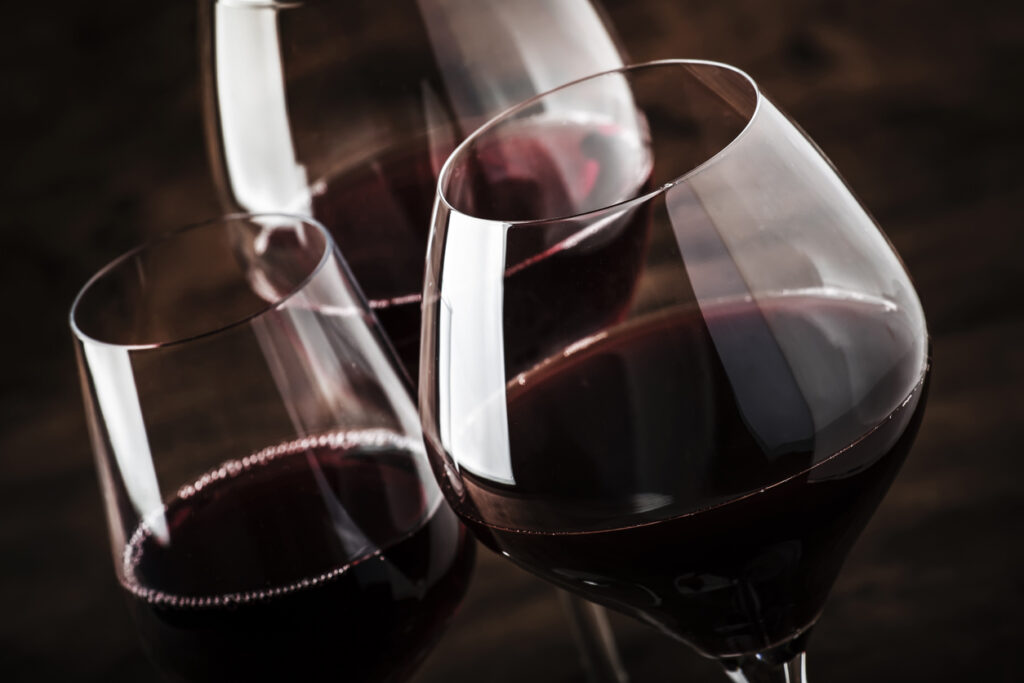
Other red grape varieties present in Napa Valley include Cabernet Franc, Petite Sirah, Syrah, and Petit Verdot. These grapes are often used as blending components, adding structure and depth to the final wines.
| Grape Variety | Characteristics |
| Cabernet Sauvignon | Full-bodied, complex |
| Merlot | Often used for blending |
| Pinot Noir | Delicate flavors, silky texture |
| Zinfandel | Robust, fruity |
Napa Valley Whites
While Napa Valley is primarily known for its red wines, the region also produces notable and diverse white wines. Chardonnay is the predominant white grape variety in Napa Valley. This varietal showcases a range of styles from crisp and mineral-driven to rich and buttery. This versatile grape is often aged in oak, adding further complexity to the wines.

Sauvignon Blanc is another white grape variety grown in Napa Valley. Known for its refreshing acidity and bright flavors, it is commonly used to create lively wines that excel in both complexity and drinkability.
| Grape Variety | Characteristics |
| Chardonnay | Versatile, oak-aged |
| Sauvignon Blanc | Refreshing acidity, bright flavors |
Wineries and Vineyards
Napa Valley, a renowned wine region, boasts a plethora of wineries and vineyards. They provide an exceptional experience for wine enthusiasts. Home to some of the world’s most prestigious wineries, this region has cultivated a rich tradition in winemaking.
Rutherford
Rutherford is an area within the Napa Valley Cabernet Sauvignon that showcases some of the finest vineyards. The winemakers in this region are dedicated to producing high-quality Cabernet Sauvignon wines that display the unique terroir of Rutherford.

Castello di Amorosa
A notable winery in the region is Castello di Amorosa. It has meticulously constructed medieval-style château that offers an authentic, unforgettable experience. This winery, known for its range of exquisite wines, welcomes visitors with guided tours and tastings.
V. Sattui Winery
Another popular destination is V. Sattui Winery, which has a rich history dating back to the late 19th century. This family-owned winery produces a wide variety of wines, including the renowned Napa Valley Cabernet Sauvignon.

Sterling Vineyards
Sterling Vineyards, situated on a hilltop, offers not only exceptional wines but also a breathtaking panoramic view of the region. The winery produces a range of wines such as Cabernet Sauvignon, Merlot, and Chardonnay, focusing on expressing Napa Valley’s distinct terroir.
Domaine Carneros
Domaine Carneros is yet another gem within the Napa Valley wine region. It specializes in sparkling wines, inspired by French tradition. The winery, founded by the Taittinger family, is housed in a grand château, providing an elegant setting for wine tastings.
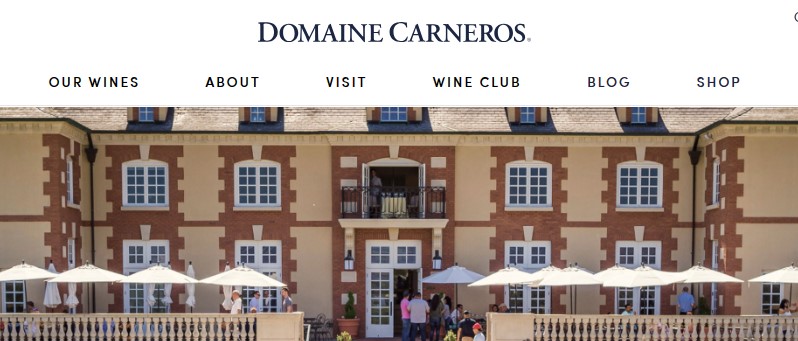
In conclusion, Napa Valley is a haven for wine lovers. It has numerous wineries and vineyards offering a diverse selection of wines, from the widely acclaimed Cabernet Sauvignon to the delights of sparkling wines. The region’s winemakers are committed to upholding the tradition of excellence. This high standard makes the Napa Valley a must-visit destination for any wine enthusiast.
Famous Wines and Brands
Napa Valley is home to some of the world’s most renowned wines and brands. They show a diverse array of offerings that cater to various preferences.
Signature Blends
Robert Mondavi Winery is synonymous with Napa Valley wine, offering a variety of blends that showcase the region’s unique character. One standout among their offerings is the Opus One – a joint venture between Robert Mondavi and Baroness Philippine de Rothschild. This lush blend combines Cabernet Sauvignon, Merlot, Cabernet Franc, Petit Verdot, and Malbec grapes. It epitomizes the elegance and quality that Napa Valley wines are known for.
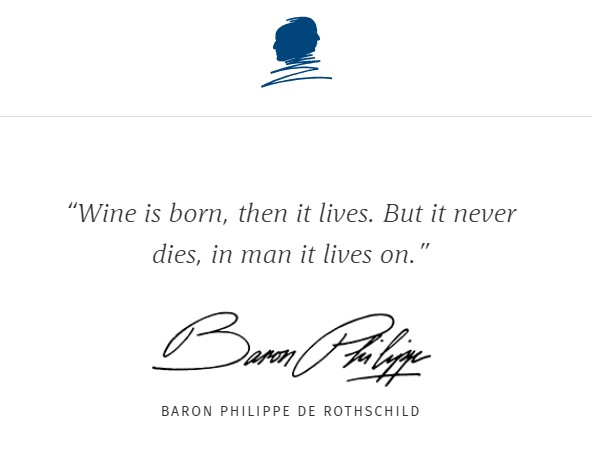
Another celebrated Napa Valley winery is Duckhorn Vineyards, best known for their ‘The Discussion‘ blend. This opulent red takes its cues from Bordeaux-style wines and comprises Cabernet Sauvignon and Merlot grapes. ‘The Discussion’ is characterized by its rich texture, concentrated flavors. The wine has a remarkable aging potential, making it an emblematic representation of Napa Valley’s winegrowing prowess.
Single Varietals
The Napa Valley region also excels in single varietal wines, demonstrating the diversity and versatility of the area’s terroir. The region’s sparkling wines, for example, are highly regarded by connoisseurs and casual drinkers alike. Produced in the traditional méthode champenoise, they highlight elegance and complexity. This is achieved with Chardonnay and Pinot Noir grapes in the Napa Valley’s hands.
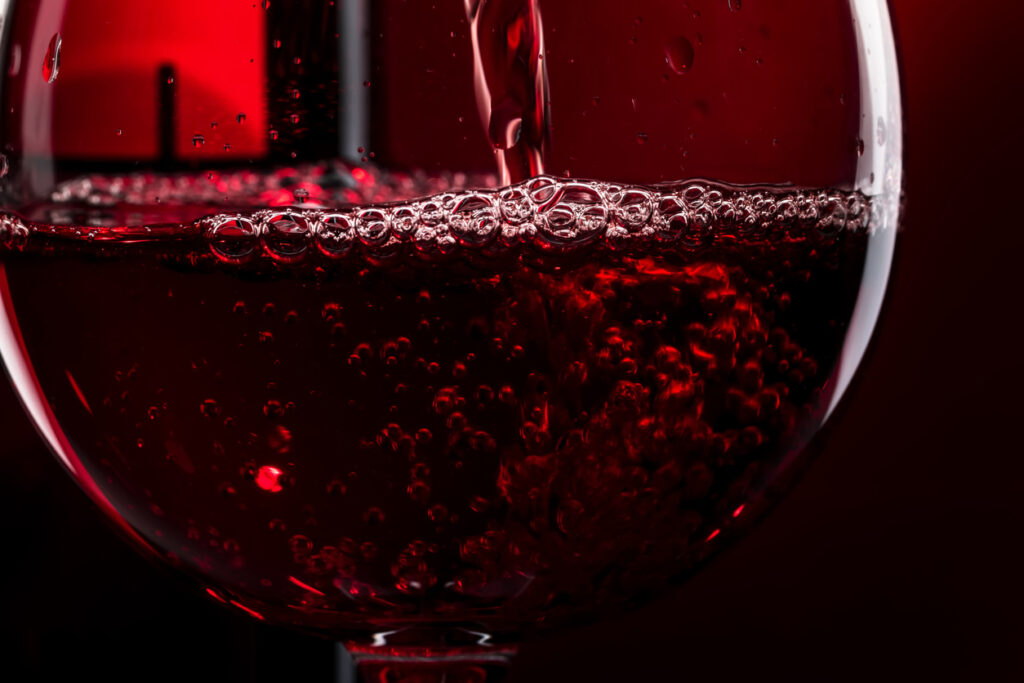
Cabernet Sauvignon is arguably the most famous single varietal in the Napa Valley, with many brands offering exceptional, world-class bottles. Names such as Caymus Vineyards and Stag’s Leap Wine Cellars have defined the Napa expression of this noble grape. They exhibit lush fruit flavors, velvety tannins, and impeccable balance.
As a region teeming with variety and excellence, Napa Valley’s famous wines and brands continue to captivate the world’s wine enthusiasts. The quality of these wines maintains the region’s well-deserved reputation for producing outstanding wines.
Wine Tasting and Pairings
Napa Valley is renowned for its wine tasting experiences and exceptional culinary pairings. Visitors to Napa Valley can indulge in tastings of world-class wines like champagne, sangiovese, and gewürztraminer at a variety of vineyards and wineries.

Tastings
Wine tastings offer the opportunity for both novices and connoisseurs to explore a wide array of wine varieties. Each wine’s unique properties, including flavor profiles, acidity, and aroma, can be appreciated through the guidance of knowledgeable hosts at these tastings. Participants can delve into the subtleties of each wine, ensuring a memorable, educational experience.
To elevate the wine tasting experience, it is important to consider pairing the selected wines with complementary foods. A popular choice for wine pairing is an assorted cheese and charcuterie platter that highlights local and artisanal products. A well thought out cheese and charcuterie selection can enhance the wine’s flavors. It creates a harmonious balance between the palate and the food.

Pairings
Specific wine pairings for each variety are crucial to maximizing the overall tasting experience. For example, champagne, with its light and effervescent qualities, pairs beautifully with delicate seafood dishes like oysters or smoked salmon. Sangiovese, a rich and bold red wine, complements hearty meals like grilled meats and chops. Aromatic gewürztraminer, on the other hand, can be paired with spicy foods and flavorful Asian cuisine.
In Napa Valley, the options for wine tasting and pairings are numerous. This promises a unique and unforgettable experience for all who venture there. With a myriad of world-class wineries to choose from, it is easy to immerse oneself in the delights of wine and food exploration. It results in a truly satisfying sensory adventure.
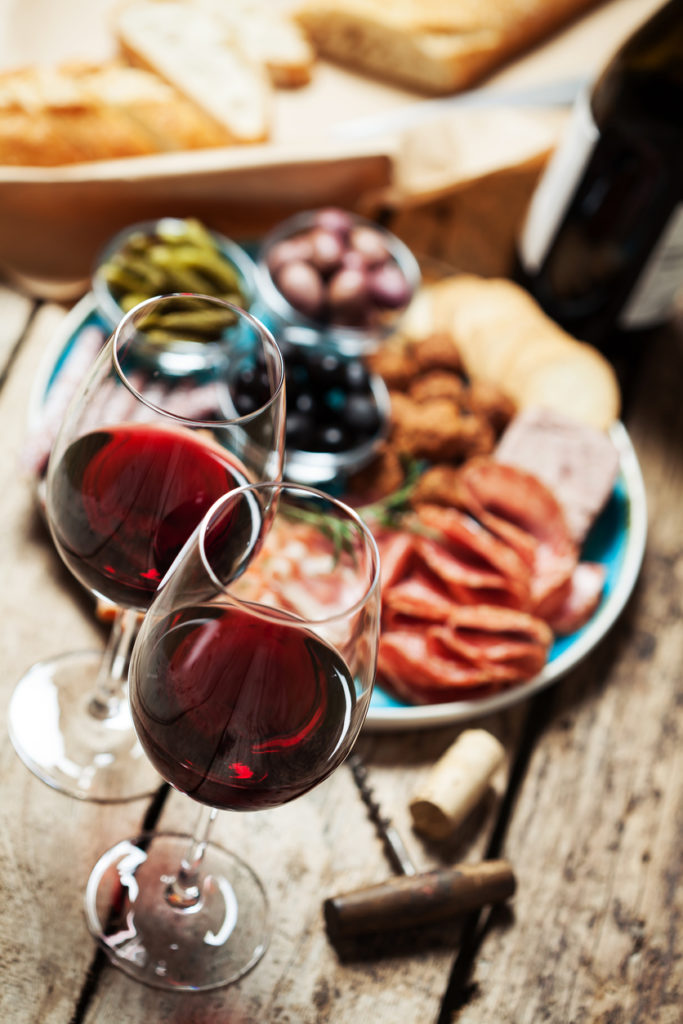
Comparisons to Other Wine Regions
Napa Valley, located in northern California, is known for producing high-quality wines. Ithas some unique characteristics that differentiate it from other wine regions. Napa’s climate, influenced by the San Francisco Bay and Pacific Ocean, provides ideal growing conditions for grapes. The combination of these aspects leads to an exceptional terroir.
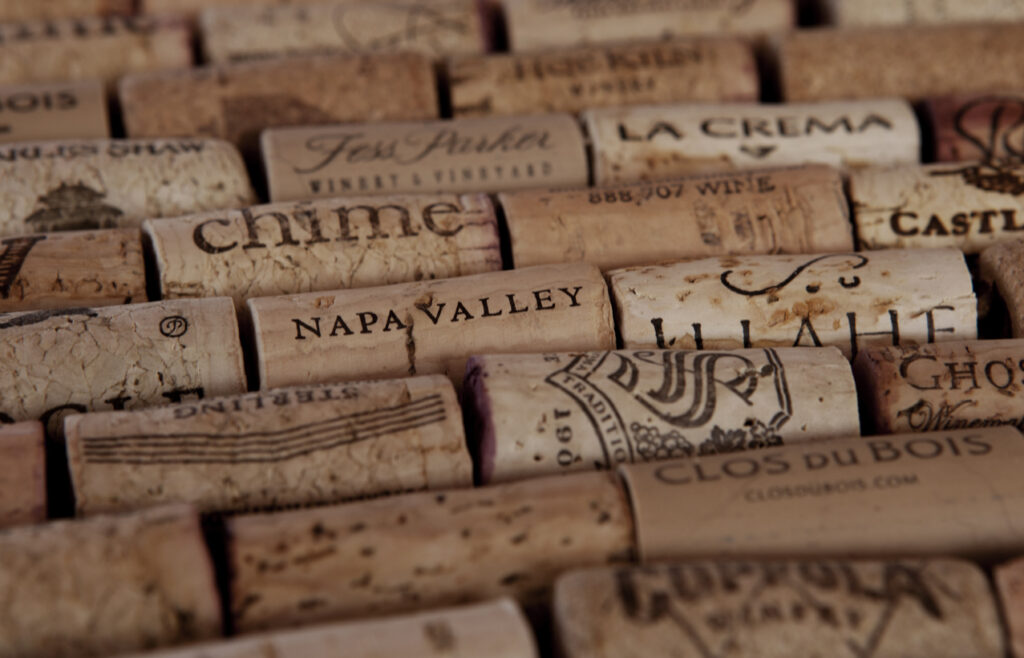
In comparison, Washington is another prominent wine region in the United States. It boasts a diverse range of climates and soil types. This makes it possible to cultivate a large variety of grape varieties. The cooler climate in Washington results in wines with higher acidity and lighter body than Napa Valley wines.
Growing Season
The growing season in Napa Valley begins in the spring., Bud break typically occures in late March or early April. This is followed by flowering and fruit set, which set the stage for ripening throughout the summer months. The Napa Valley harvest generally takes place between August and October, depending on the grape variety and desired ripeness. In contrast, Washington’s growing season is slightly shorter and cooler, which can affect the overall quality of vintage.
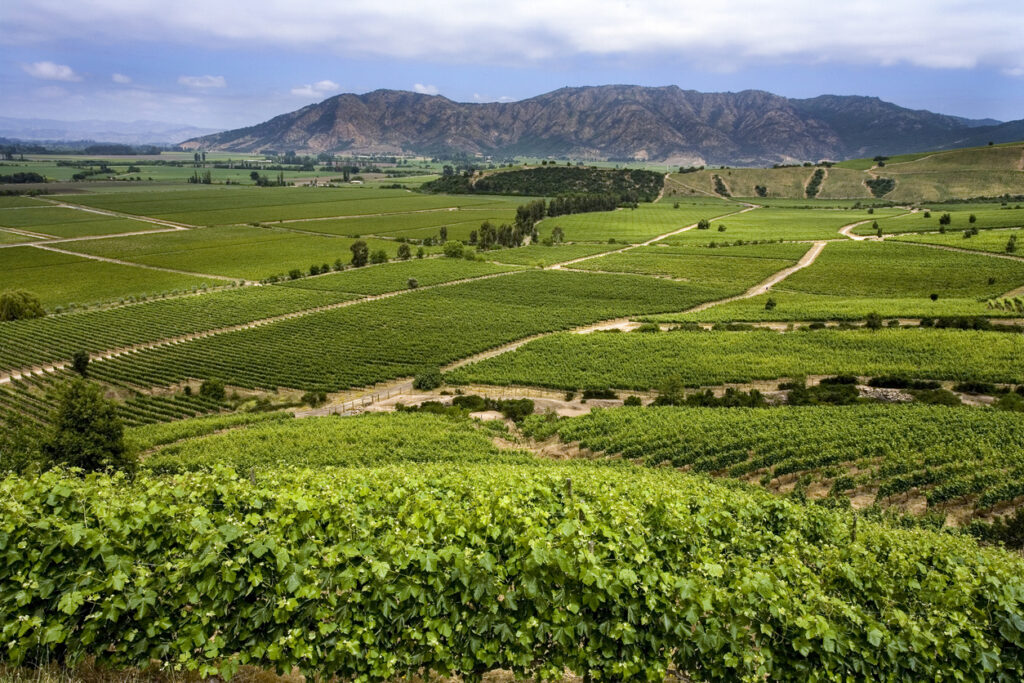
Napa Valley is known for its Cabernet Sauvignon and Chardonnay. In contrast Washington produces a wider range of grape varieties, including Merlot, Syrah, and Riesling. Additionally, Napa Valley wines are often characterized by their rich, full-bodied flavors. Washington wines tend to be more delicate and nuanced.
Differences to Other Wine Regions
One major difference between Napa Valley and other wine regions is the cost. Napa Valley has become synonymous with luxury, and the region’s wines often carry according prices. However, Washington wines offer a more budget-friendly option for wine enthusiasts, providing excellent quality at a lower price point.
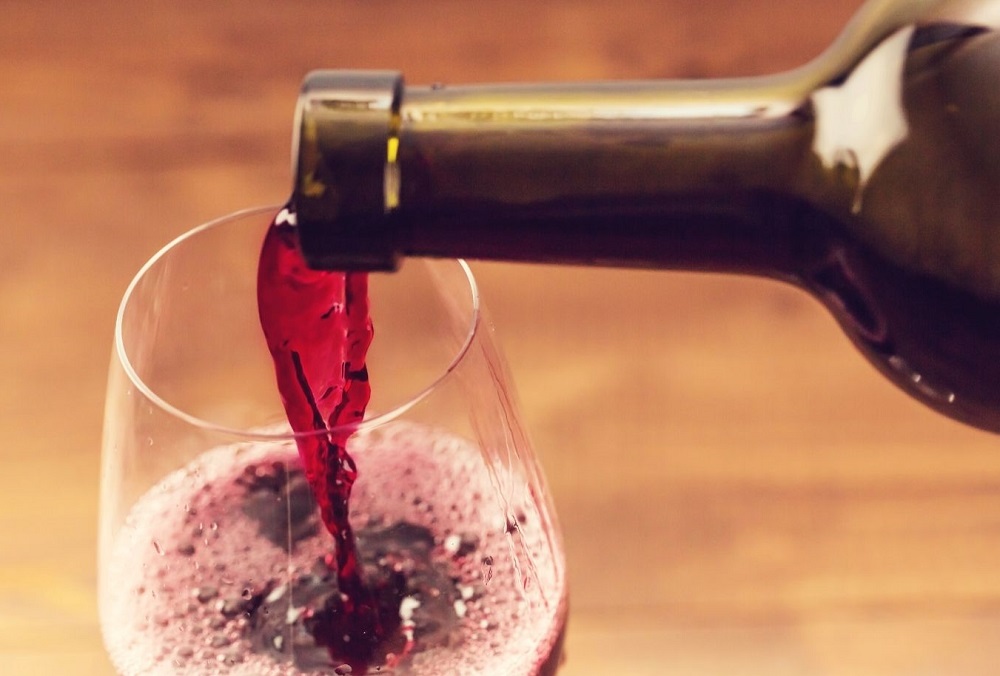
In summary, Napa Valley stands out due to its unique climate, terroir, and reputation for producing high-quality wines. While Washington and other wine regions have their own distinctive characteristics, Napa Valley remains a prestigious destination for wine lovers seeking a taste of luxury.
Napa Valley Vintners and Their Craft
Wine enthusiasts know Napa Valley vintners for their exceptional skills and dedication to producing high-quality wines. This esteemed region in California is home to numerous vintners. They consistently craft outstanding wines, offering a unique blend of flavors, aromas, and textures.
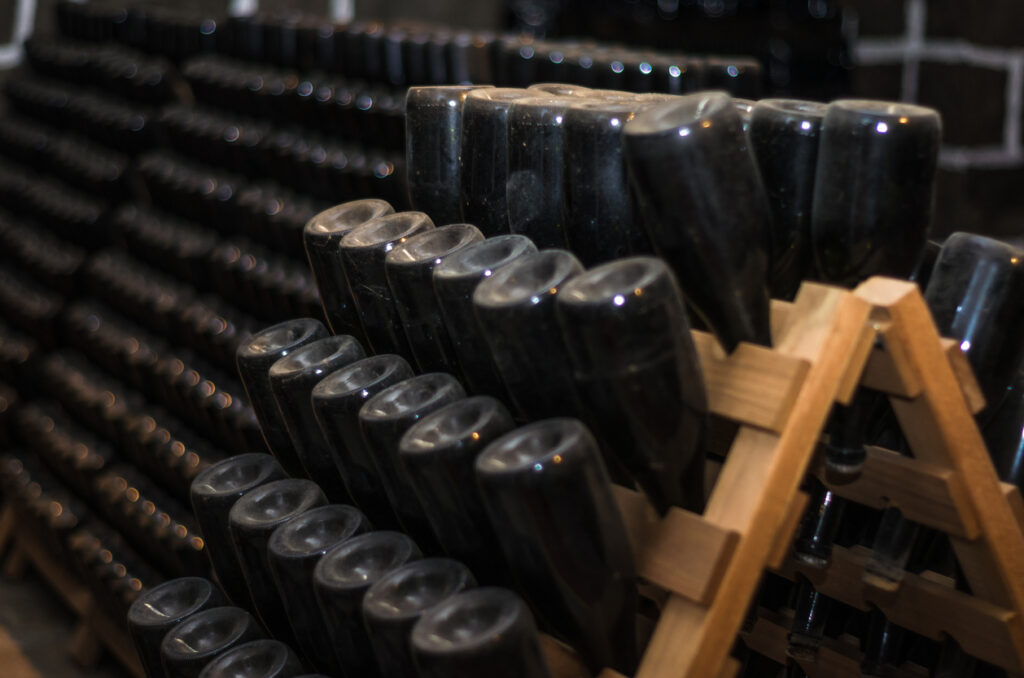
Many of these Napa Valley vintners focus on producing wines that highlight the natural characteristics of the fruit and wine grapes. Through diligent cultivation and careful selection of grapes, vintners are able to emphasize terroir. They create wines of unparalleled depth and complexity.
Several vintners in Napa Valley specialize in traditional method sparkling wines. These wines are produced using a time-honored technique that involves fermenting the wine twice. Once in the barrel and again in the bottle. By adhering to this meticulous process, Napa Valley vintners are able to create elegant sparkling wines with refined flavors and effervescence.
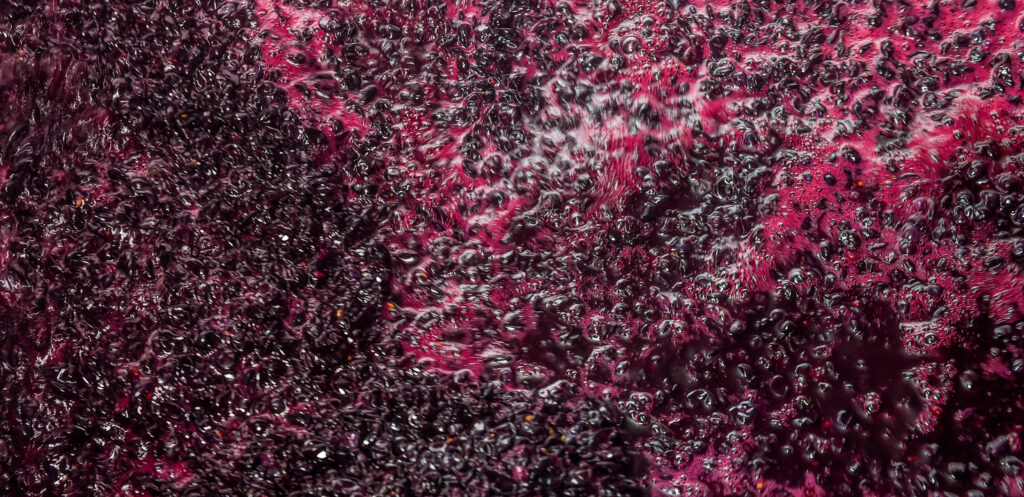
Napa Valley vintners often utilize understated techniques to enhance the natural qualities of the wine grapes. This approach allows the grapes to express themselves without any unnecessary manipulation or intervention. The resulting wines often possess a simplicity and purity that wine enthusiasts highly look after.
As such, Napa Valley has become a mecca for wine lovers. Especially if you are looking to experience truly exceptional wines crafted by highly skilled and dedicated vintners. With each sip, guests can appreciate the incredible talent and passion behind every bottle produced in the Napa Valley.

